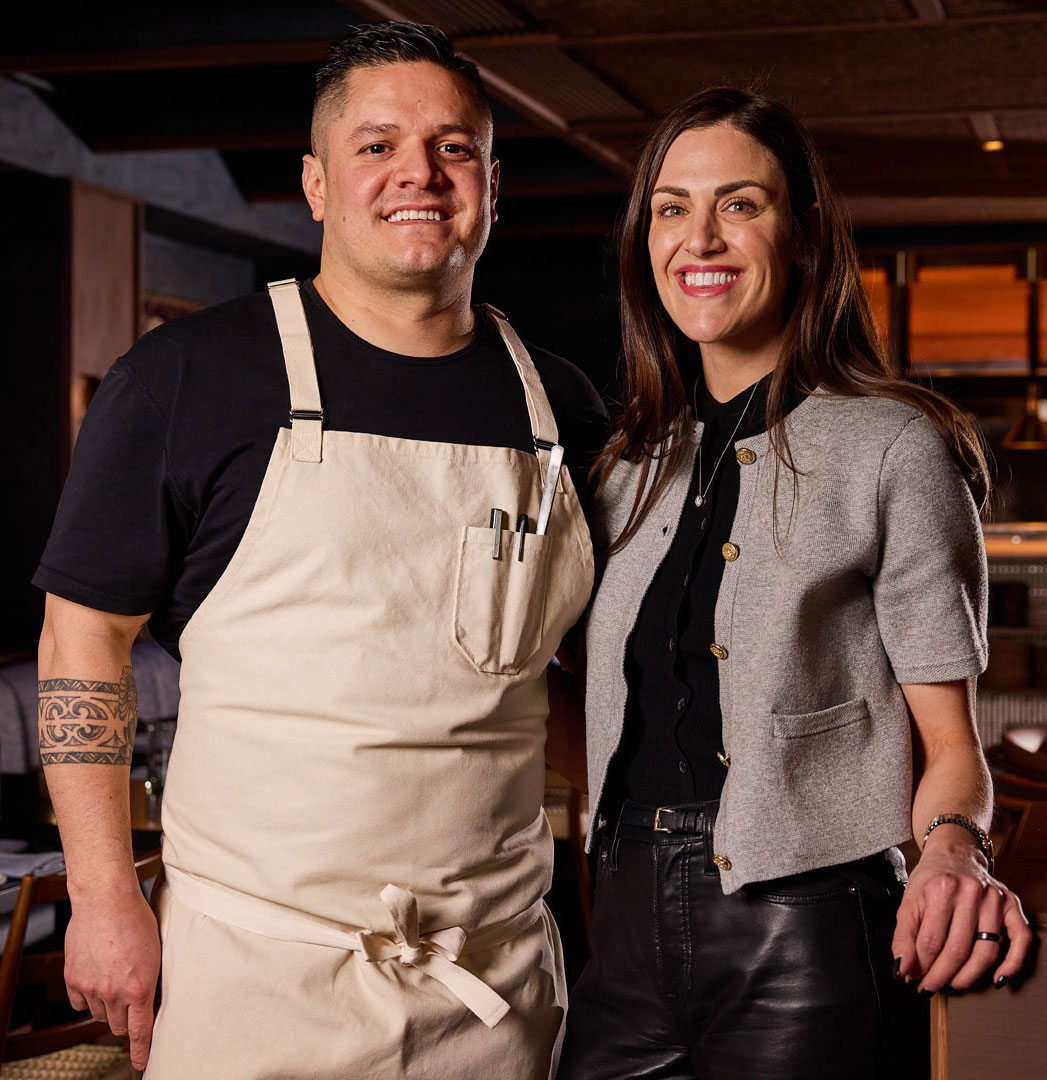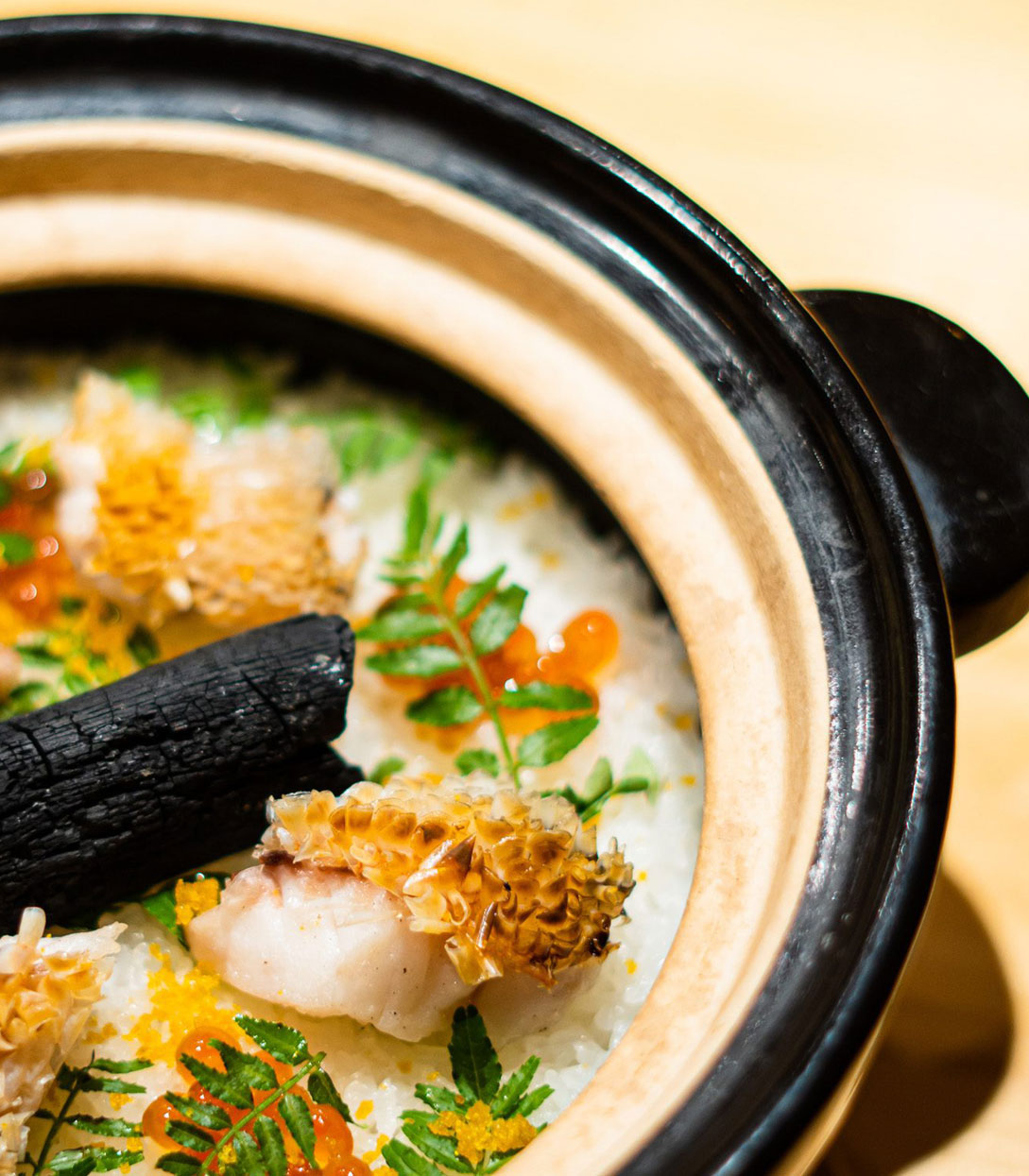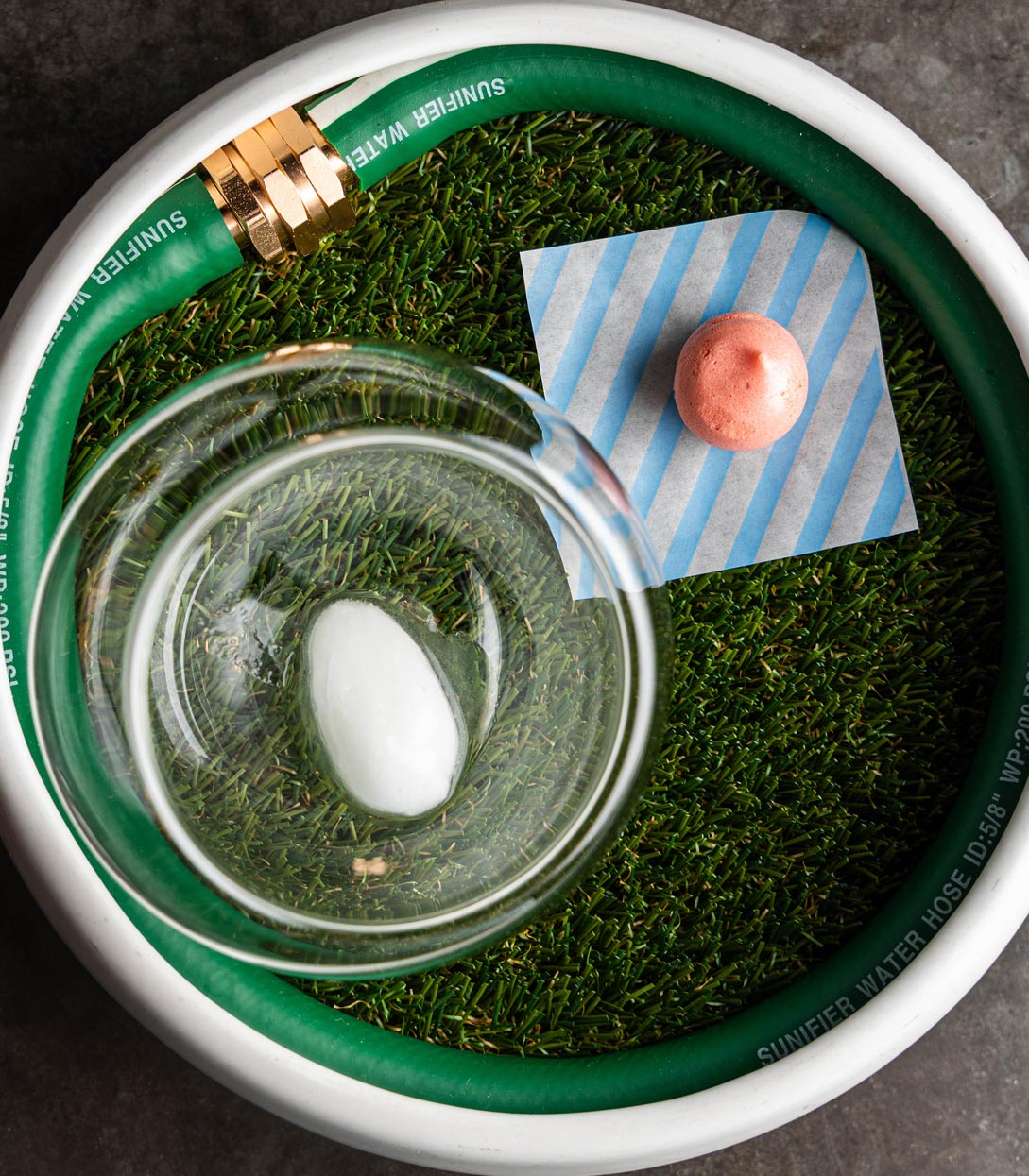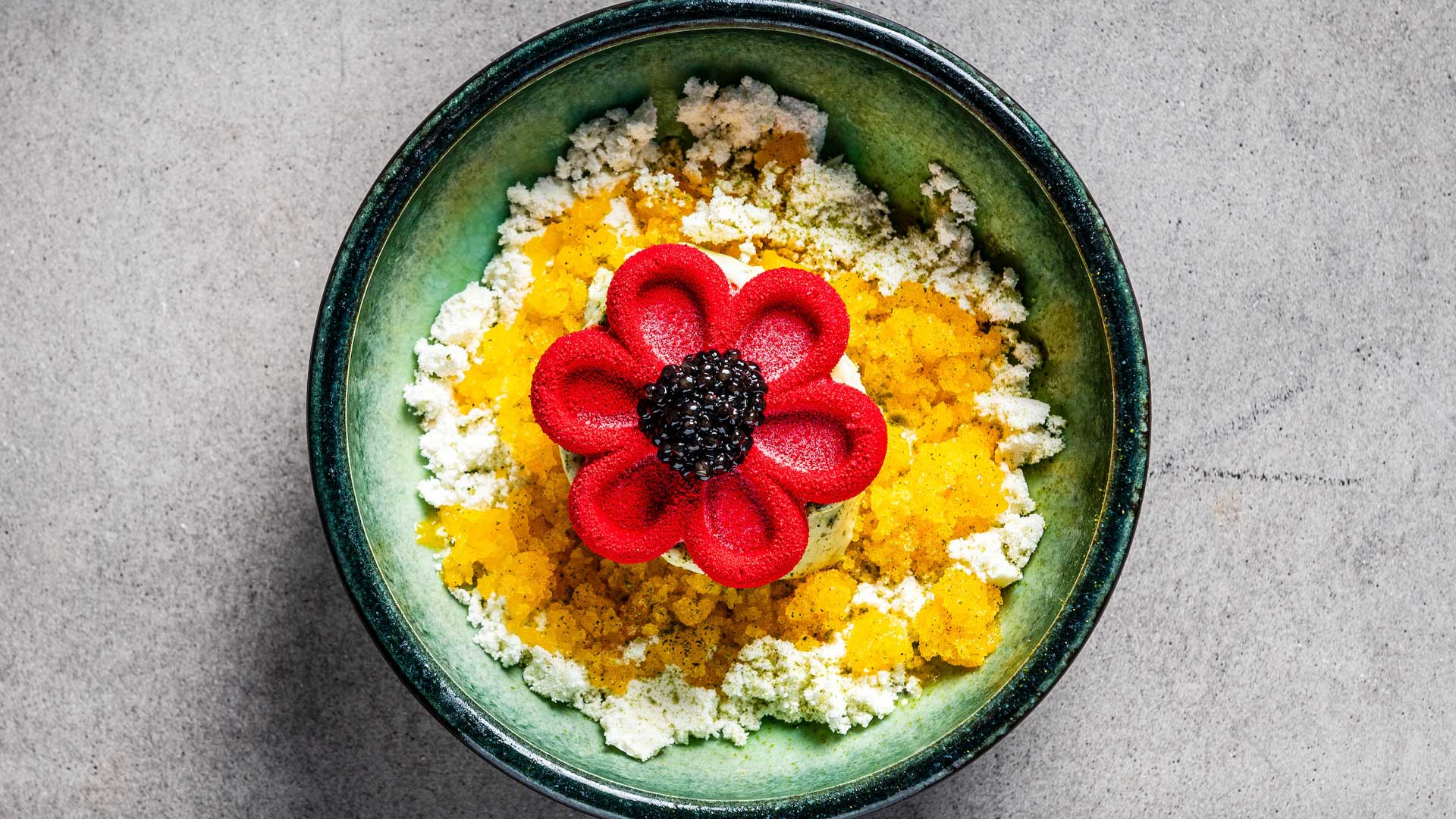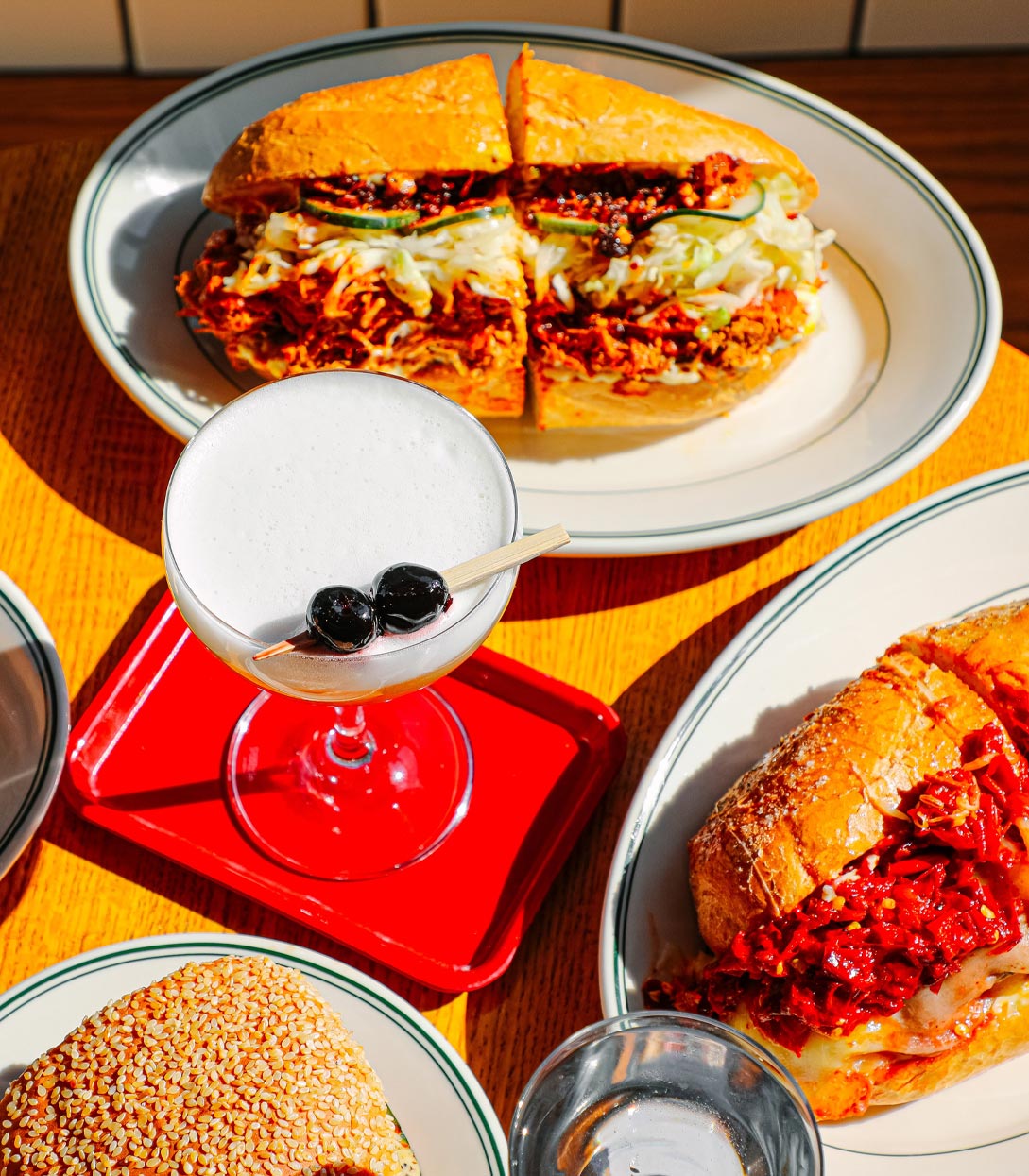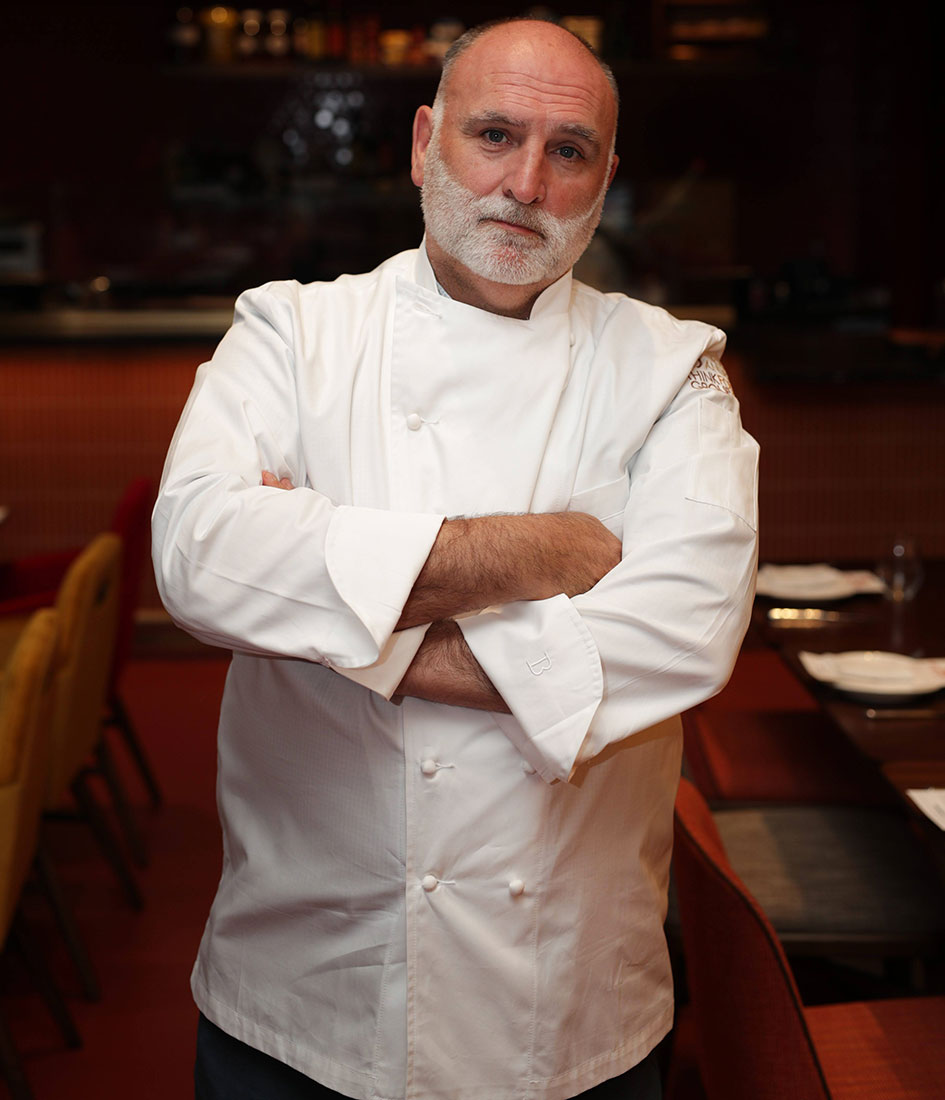Chef Edward Lee is a familiar face in the Louisville, Kentucky dining scene. His nationally raved-about restaurants 610 Magnolia, Milkwood and Whiskey Dry making the city a culinary force in the state.

Such acclaim and buzz followed suit when Lee came to Washington, D.C. as part of a consulting deal with Succotash, bringing Southern-meets-Asian cuisine to Maryland's National Harbor. The New York City native has always wanted to return to the East Coast—and D.C. became an obvious choice. “D.C. has such a food culture that is really becoming one of the most exciting in the country,” he says. “I grew up in NYC at a time when chefs like Wylie Dufresne and Marcus Samuelsson were just getting their starts. It was an exciting time and D.C. today reminds of that time. There is just so much talent here.”
The second Succotash debuted almost exactly two years later and was by pure happenstance. “The opportunity came up pretty quickly to expand, and my partners and I found this incredible gem of a building in Penn Quarter that we all agreed should be the flagship of Succotash,” he says. The incredible gem is none other than the historic Equitable Bank building on F Street NW, among a hot bed of restaurants in the area including DBGB Kitchen and Bar, New York City-export The Smith, and José Andrés’s treasure trove of restaurants such as Zaytinya, minibar and his stalwart Jaleo. “I realized then that this would turn out to be more than a consulting gig,” he says. “So I dove in and made the leap to move here.”

At the 9,000-square-foot D.C. installment of Succotash—which is outfitted with two bars and a wrap-around mezzanine—much of the historic design was maintained, including the original marble floors and mahogany paneling. For the menu, Lee draws inspiration from his Louisville restaurants, with dishes like pimento cheese with Korean chile paste; fried chicken and waffles with bourbon-maple syrup and pickled okra; and smoked brisket and spicy rice cakes with kimchi, asparagus, peas and red chile sauce. The crispy blue catfish with mint-jalapeño aioli and iceberg lettuce slaw (pictured in the hero image above) is a personal favorite of the chef. “I eat it once a week,” he says.
There appears to be no slowing down for Lee—his latest cookbook, Buttermilk Graffiti: A Chef’s Journey to Discover America’s Melting Pot Cuisine, launched earlier this spring. And just last week he unveiled his Korean pop-up Mr. Lee's in the upstairs bar and lounge of his Penn Quarter restaurant. Inspired by Asian night markets, the weekly-rotating menu features street food snacks like duck confit, snow pea and basil dumplings; spicy pork belly and kimchi; and hand-cut noodles in beef and black bean sauce. (A glorious happy hour of $1 chicken wings and $2 dumplings is also served daily.) “[It’s] a really funky and loose expression of Asian-American food—it’s not traditional Korean,” he says. “It is everything from dumplings to chawanmushi but seen through my lens of America, which also includes the fact that I grew up eating TV dinners, and I love a Five Guys burger as much as I love the half-smoke at Ben’s Chili Bowl.”

“There are so many wildly creative and talented chefs here that are willing to take a risk and D.C. is in that perfect moment where the stars are starting to align,” he continues. “Everywhere I go, I see these young chefs doing brave cuisine like at Himitsu and Maydān and the energy is contagious.” When not at home or at his restaurant, Lee eats at places like Bad Saint, Chiko, Florida Avenue Grill—calling it a “true gem of soul food history” in the nation’s capital—and Masseria, which he can’t wait to return to. “The Dabney is such a perfect restaurant that represents the future of D.C. dining,” Lee adds. “I think Jeremiah is quietly producing some of the most amazing dishes right now.”
Though D.C. is now his place of residence, he still makes frequent trips back to Louisville to check in on his three restaurants there. “I love the small town life,” he says. “No one has an ego. Everyone stops by to stay hello. When I get exhausted by the grind of D.C., I hop on a quick flight and by mid-afternoon I’m sipping bourbon on the patio of 610 Magnolia.”
Hero image by Scott Suchman.
Portrait of Edward Lee by Dan Dry Photography.



